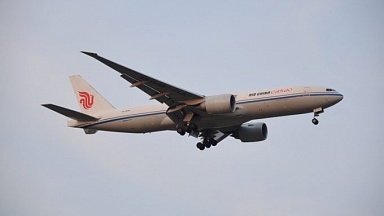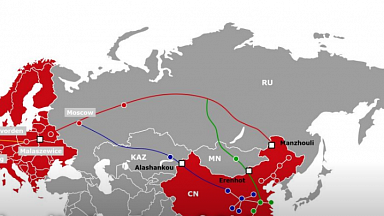The latest Drewry’s Sea & Air Shipper Insight report highlights the stability and reliability offered by the Eurasian rail route during the outbreak of the COVID-19. Against the background of chaos in all the other modes, especially airfreight, rail volumes have been increasing since 2017, and COVID-19 did not reverse the trend. In the first half of 2020, the demand for the rail mode surged with an increase of 58% compared to the year before. The average number of daily trains grew from 7.7 in the first six months of 2019 to 10.6 (+38%) during the same period in 2020. The average transit time on the Eurasian route (Belarus, Russia and Kazakhstan) now amounts to just 5.0 days.
Drewry expects rail volumes between Europe and China to continue outperforming the other transport modes. Though other modes of transit might bounce back to some extent once restrictions imposed on them lifted or the demand normalized, it is likely to take a considerable time. Therefore the Eurasian rail transit would continue taking advantage of the situation.




